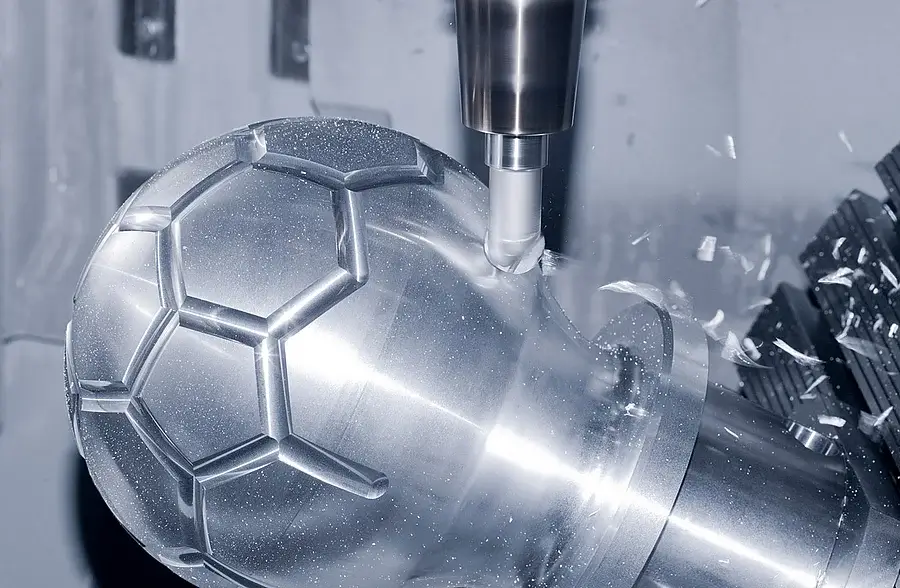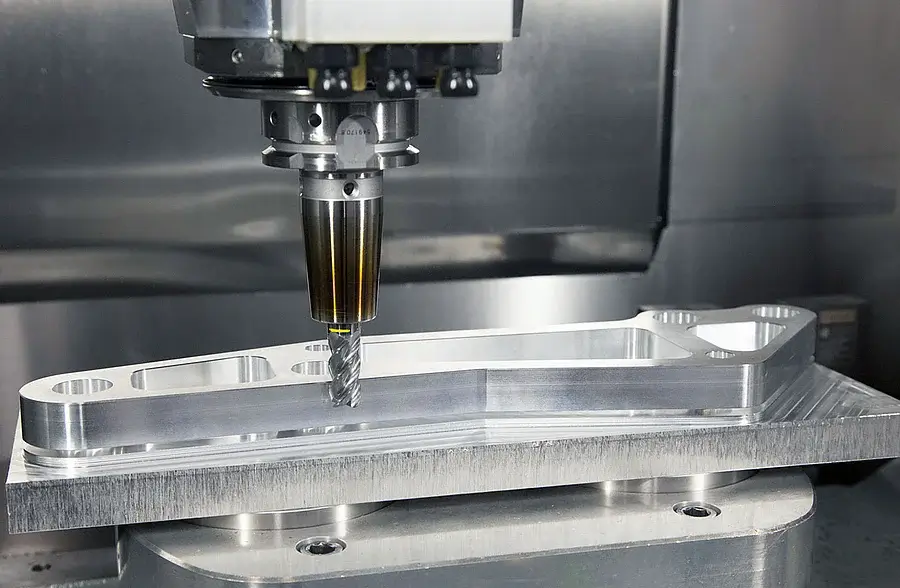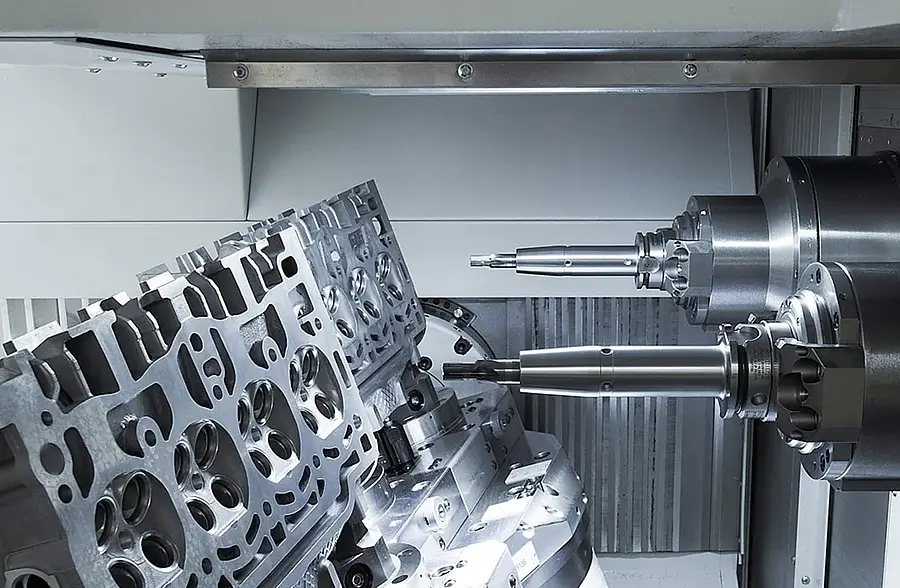Closed loop control boosts workpiece accuracy
Thermal error is the main cause of position error on modern machine tools, mainly arising from the machining process itself. Significant error may result if the thermal expansion and contraction of machine components is not compensated for. Conventional control loops, however, are unable to detect thermal changes in the feed mechanism. Closed loop control is therefore recommended. It enables dimensional and contour accuracy in everything from one-off parts to large-batch production.

Compensate for thermal error with closed loop linear encoders
Closed loop control in one-off part production
How position measurement affects 5-axis machining accuracy
The benefits of position measurement with HEIDENHAIN linear and angle encoders are evident on a Telstar workpiece. For flawless appearence of the Telstar ball, its grooves, pentagons, and hexagons must be milled to high precision during over two hours of machining. Due to the programmed angle of the cutter relative to the workpiece, the rotary and linear axes make expansive movements. This necessitates a high volumentric accuracy.
Semi-closed loop control
Mechanical factors from the drive system impair machining accuracy. The seam width varies, and seam intersections are visibly inaccurate.
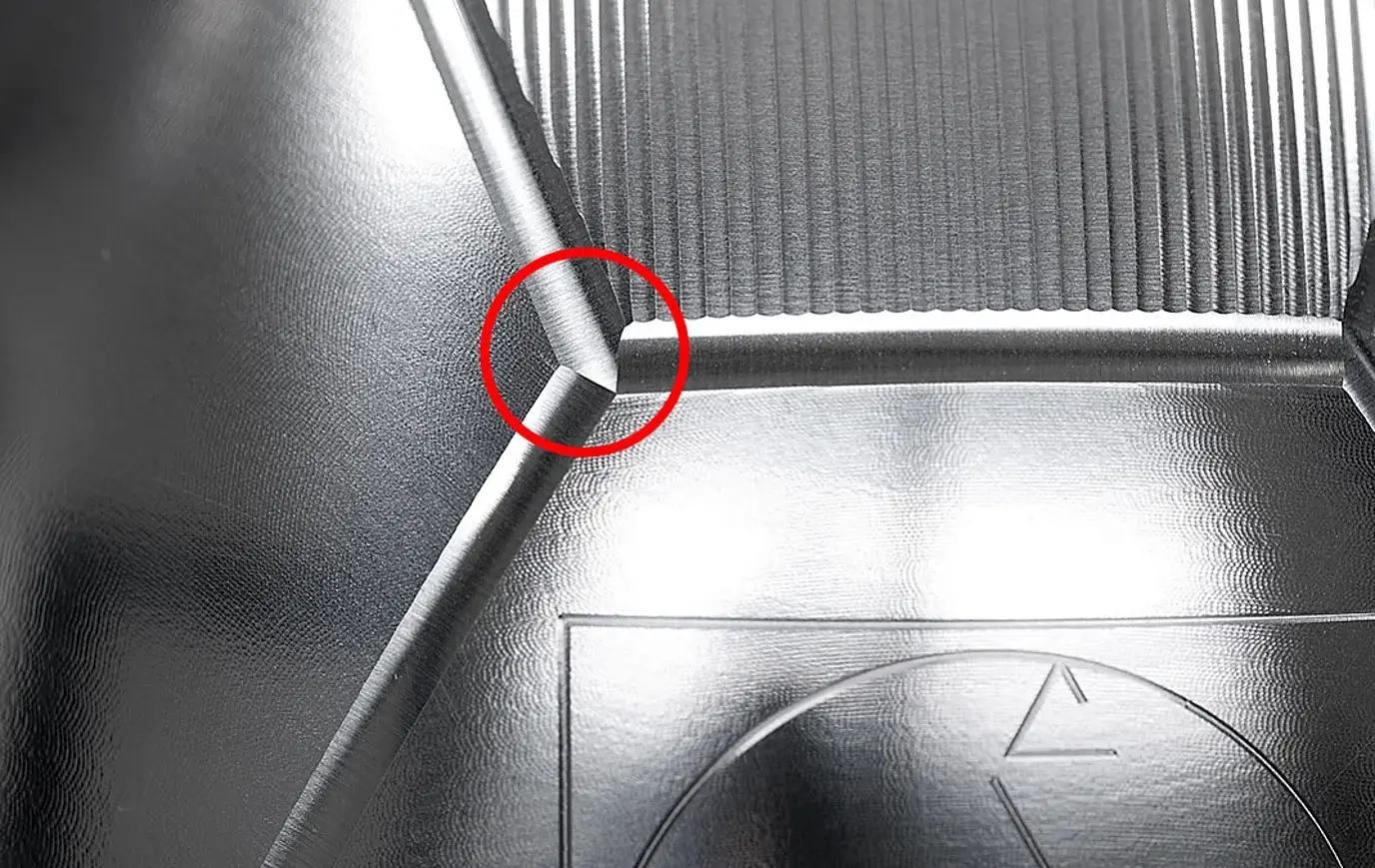
Closed loop control
Precise linear and angle encoders from HEIDENHAIN eliminate the effects of mechanical error. The seam width is correct, and the intersections are accurate.
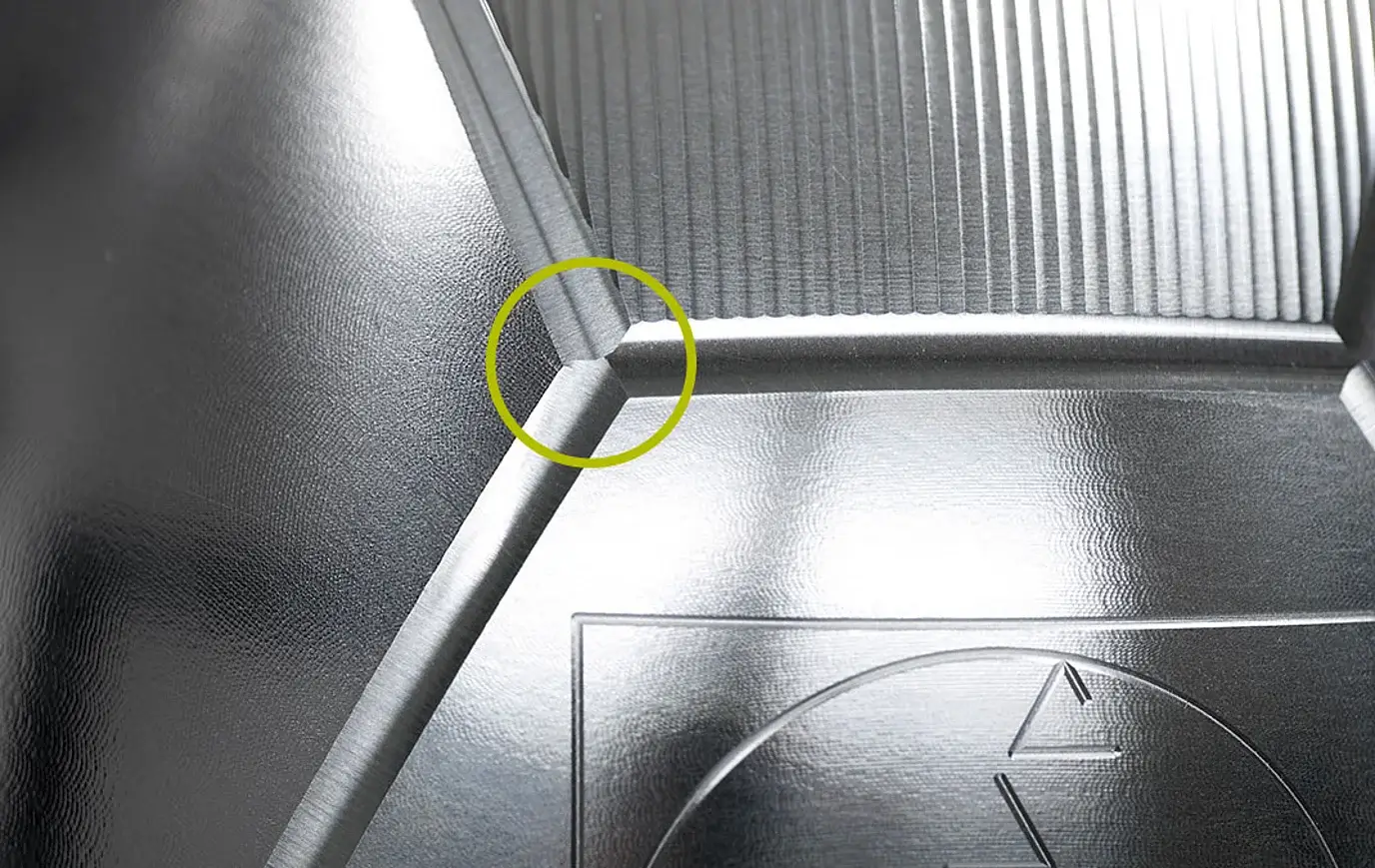
Closed loop in small- and medium-batch production
Sustained accuracy in small- and medium-batch production
The capability of a machine tool to cope with rapidly changing operating conditions is a decisive factor for its accuracy. A transition from roughing to finishing completely changes the mechanical and thermal load on the machine, which can cause considerable changes in accuracy. Similar load changes occur during machining of smaller production runs. Permanent changes between setup processes and order-specific machining cause varying heat inputs with the corresponding effects on accuracy
Semi-closed loop control
Thermal drift of feed axes
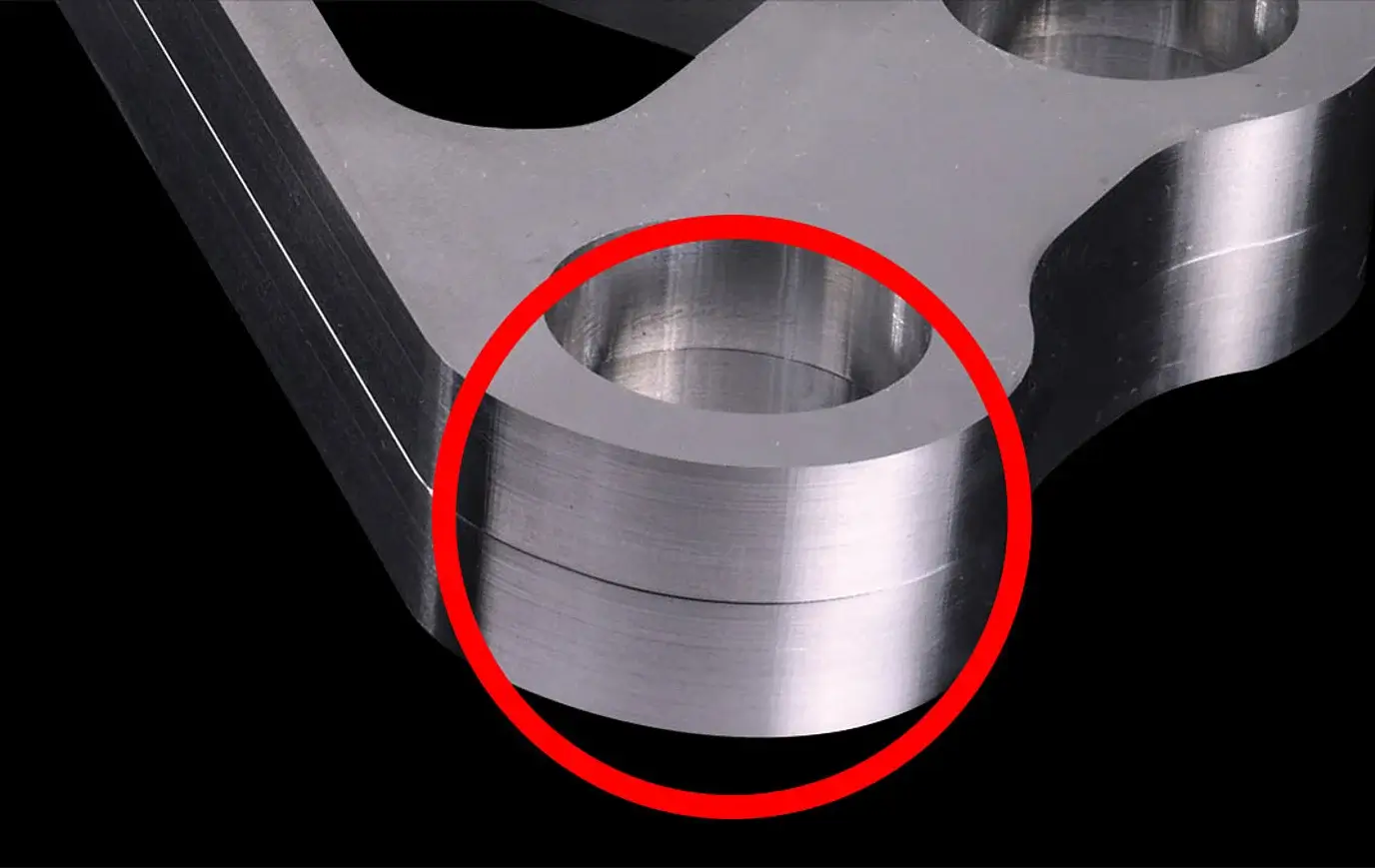
Closed loop control
No thermal drift of feed axes
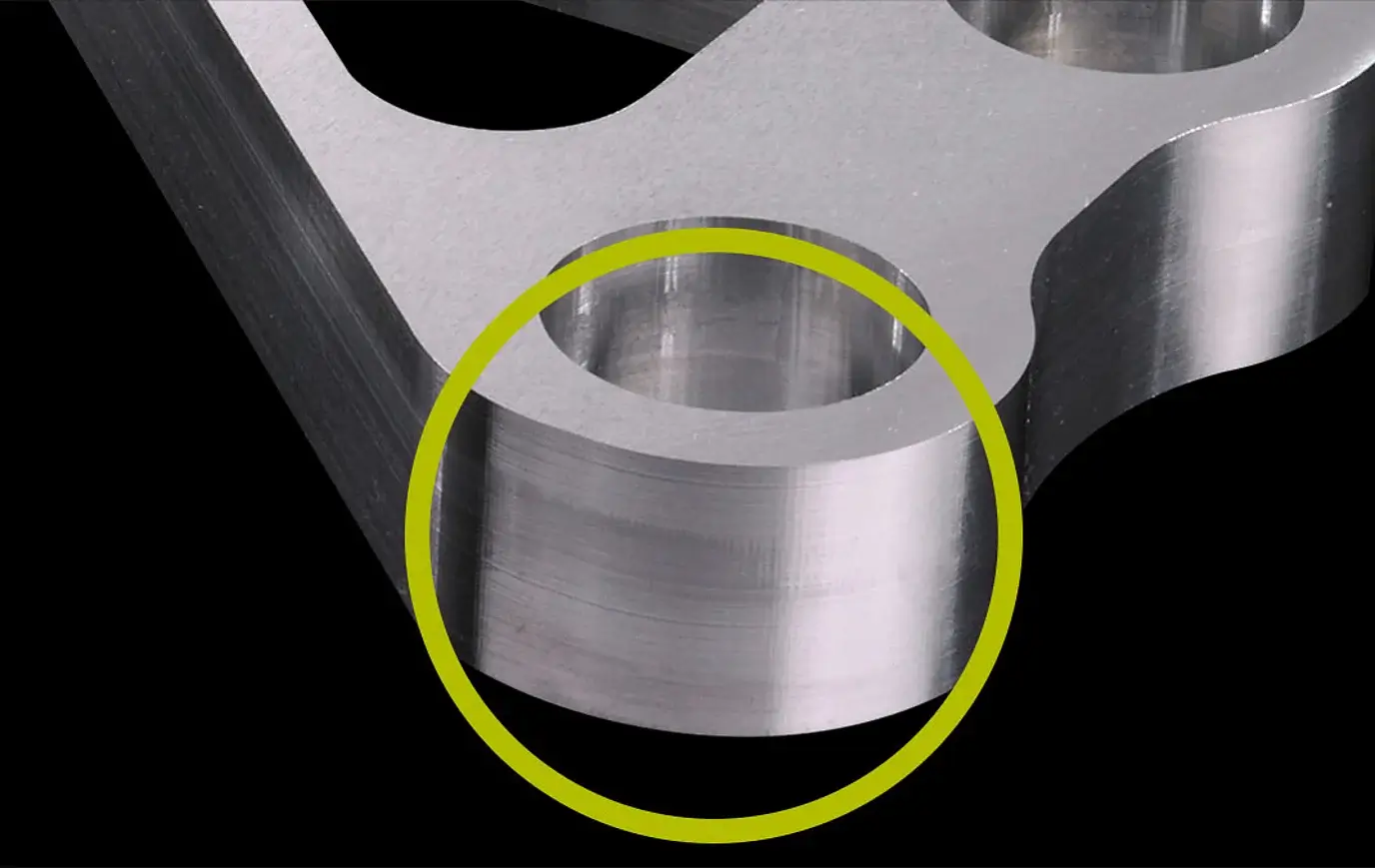
Closed loop control in large-batch production
Greater accuracy for machining centers in automated large-batch production
Serial production in the automotive industry is currently changing. Rigid transfer lines for drivetrain components, for example, are being replaced by lines of linked machining centers for greater flexibility.
The dimensional accuracy of finished parts depends on the individual machines and subprocesses of the entire production system. Linear encoders in closed loop configurations help increase the machining accuracy. Greater tolerance reserves, for example, can then be used to deploy tools for longer periods.


